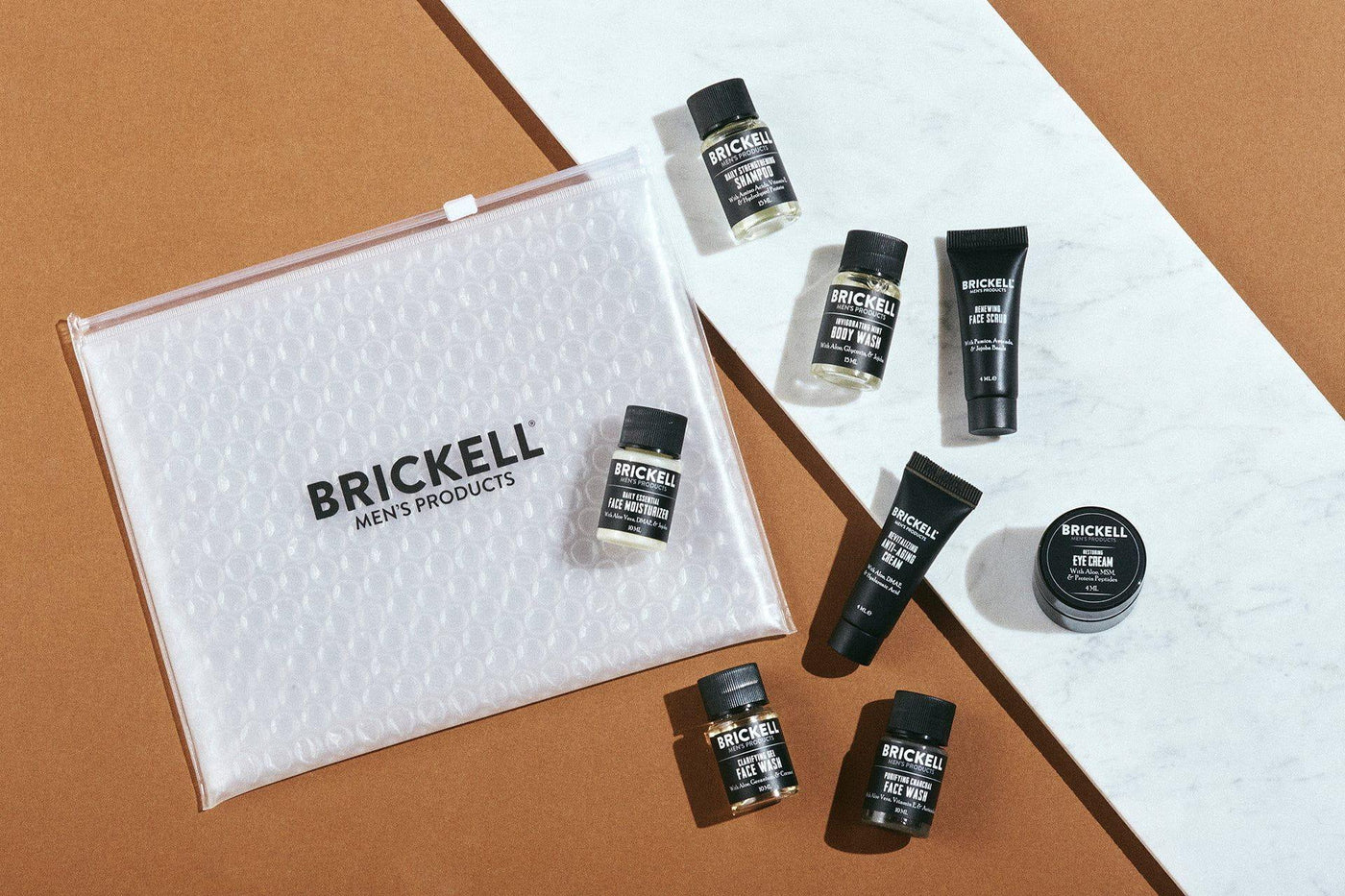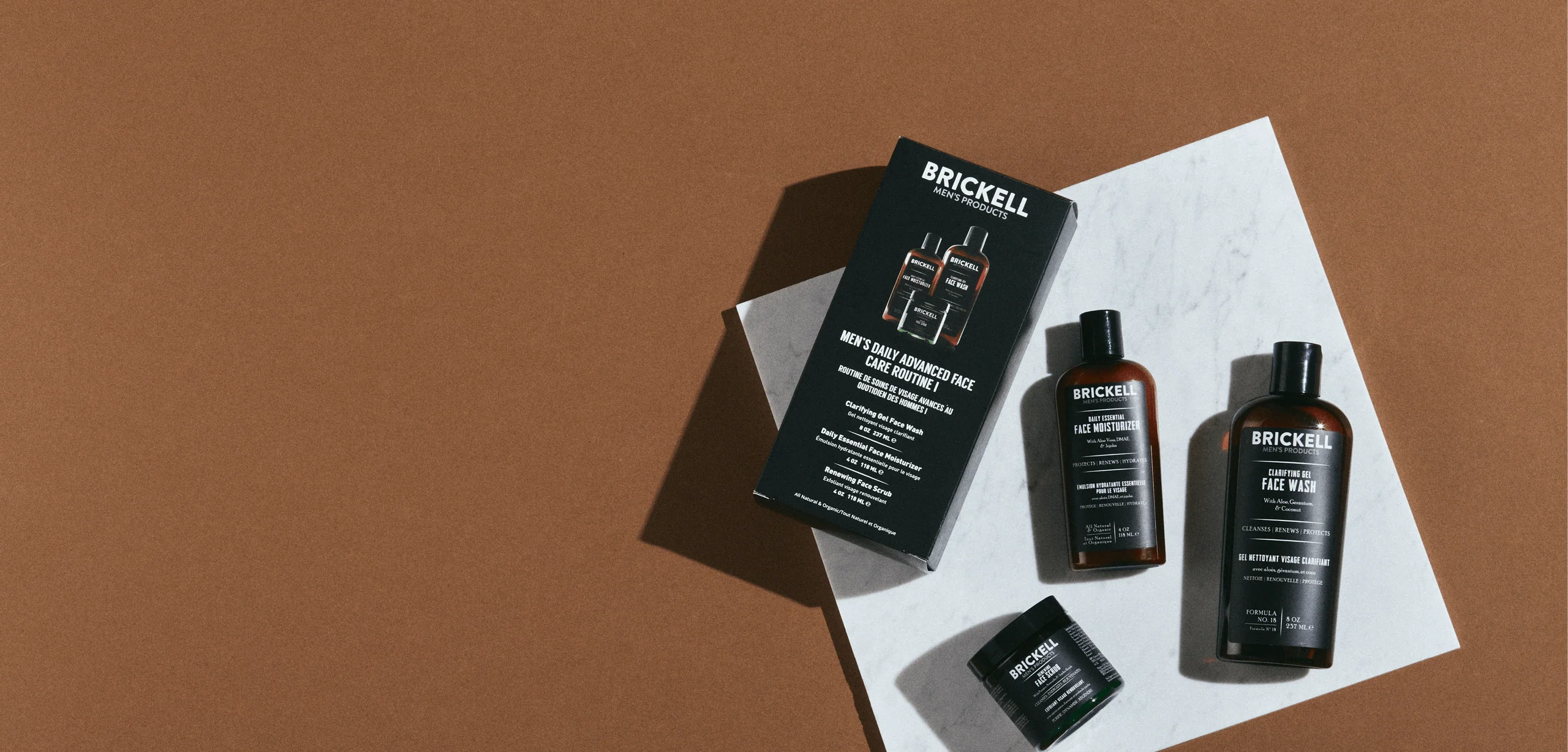The Grooming Manual
Glycolic Peel - What Is It and How Does It Work?

Looking to take your skincare routine up a notch and incorporate some seriously clarifying, anti-aging active ingredients? A good place to start is with glycolic acid products.
This effective yet gentle AHA is known for its ability to exfoliate the skin, clear pores, and smooth fine lines and wrinkles.
Here’s everything you need to know.
The Basics: AHAs
Many fruits – like oranges, apples, pears, lemons, and grapes – naturally contain alpha-hydroxy acids (AHAs). These include:
- Malic acid (apples and pears): Improves skin’s tone and elasticity, increases oxygen to the skin
- Lactic acid (sour milk and bilberry): Antimicrobial; increases the skin’s water-holding capacity, helping moisturize the skin
- Glycolic acid (sugar cane): Softens skin, decreases sebum, increases circulation and collagen
- Tartaric acid (grapes): Antioxidant; improves skin tone and elasticity
- Citric acid (oranges and lemons): Brightens skin and stimulates collagen
The Benefits of Glycolic Acid
The most researched of these are glycolic and lactic acids. Glycolic acid is generally considered to be the most effective because it’s the smallest molecule of the bunch, and therefore the most easily absorbed into the skin.
In general, these AHAs work by dissolving the bonds that hold dead skin cells to the surface of your skin. They exfoliate the skin evenly, encourage cell turnover, increase repair, and help nutrients reach the inner layers of the skin.
This can have many visible benefits, including:
- Improved skin texture
- More even skin tone
- Increased hydration
- Diminished lines and wrinkles
- Reduced signs of sun damage, including wrinkles and crepey skin
Glycolic Acid Works Best with Other Active Ingredients
No matter what glycolic acid products you choose, the acid is only one ingredient in the mix. The other ingredients in the product could drastically help (or hurt) your final results.
Some harsh ingredients - like alcohol or high-concentration acids found in cheaper products - can be overly drying and stripping to the skin, damaging your natural barrier and causing serious harm.
Gentle, restorative ingredients help the glycolic acid do its job without causing irritation or sensitization. Here are some ingredients that work well with glycolic acid:
- Plant stem cells: Smooth skin by filling in the gaps caused by pollution, stress, weather, and UV rays.
- Aloe vera: This natural gel hydrates and nourishes the skin for a refreshed, moisturized feel.
- MSM (Methylsulfonylmethane): A nutrient found naturally in our skin - and in well-known superfoods like spinach and kale - MSM reduces age spots and evens skin pigmentation.
- Jojoba oil: Jojoba oil is biomimetic (similar in concentration to your own sebum), it's vitamin-rich, and it's full of natural healing properties that protect and stabilize the skin.
Keep a lookout for these when choosing your glycolic acid products. If you spot them, you're probably in the right place.

